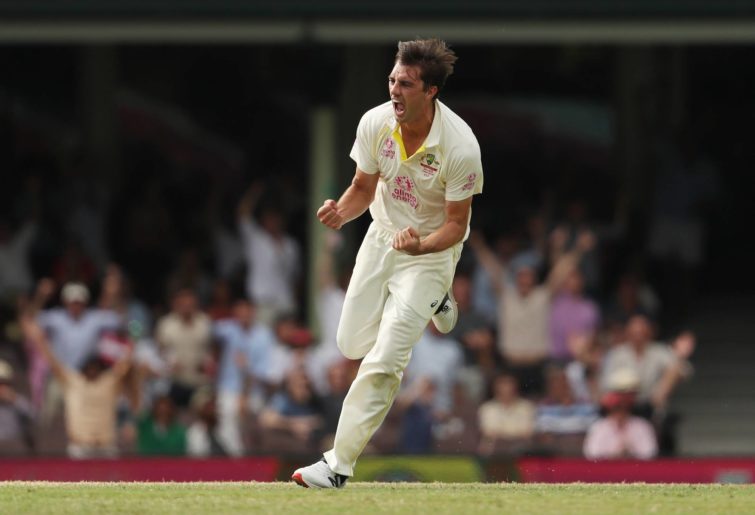Now that the T20 World Cup and the WBBL are done and dusted, attention turns to the upcoming men’s Test summer, starting this week. Australia, currently ranked No. 1 in the format, has two Tests against the once-mighty West Indies followed by three against third-placed South Africa.
With a tour to India early next year and yet another Ashes series against an improving England in the winter, Australia faces two of the most difficult overseas assignments in world cricket in 2023.
Australia look ripe for renewal. Many of their batters are ageing, and even the high-performing fast bowling trio of Pat Cummins, Josh Hazlewood and Mitchell Starc are showing signs of wear and tear, victims of a non-rotation policy that will have to come to a head at some stage.
But my greatest fear is that this summer Australia will again opt for a steady-as-she-goes selection policy that ignores the ravages of time and the challenges that lie ahead.
Australia are highly likely to triumph against both touring teams this summer, as although they both boast rapid bowlers, they also both have highly fallible batting line-ups prone to collapse.
But will comprehensive wins to Australia in both series really prove very much?

(Photo by Mark Metcalfe – CA/Cricket Australia via Getty Images)
Take the case of David Warner, for example. At age 36 his eye is going and ever since his struggles against Stuart Broad and Jofra Archer in England in 2019, he has largely looked diminished, particularly in less than favourable bowling conditions.
From that series on, Warner has managed 1451 test runs at an average of over 41. But take away his performances on home tracks and his recent overseas record stands at a sorry 328 runs at a tick over 18. To make matters worse, he has seemed all at sea against genuine quick bowling, an issue that he never used to have.
Given his home form, the selectors will no doubt look to play Warner in all five home Tests this summer if fit. And, despite the reasonable quality of both the West Indies and particularly the South African pace attacks, he’ll no doubt score big runs on a flat track at some stage. Once that happens, it’s hard to see him being left out of the tour of India for a start.
And there are other examples. Usman Khawaja is almost 36 as well and can’t be a long-term proposition. Steve Smith is 33, and even though his revamped, more orthodox technique will no doubt see him score a hatful of runs, he’s closer to the end of his career than the beginning.
Marnus Labuschagne and, to a lesser extent, Travis Head look to have a few good years ahead of them, and if Cameron Green continues his current rate of improvement, he may just turn into the genuine match-turning all-rounder Australia has been searching for ever since the retirement of the great Keith Miller in the 1950s.
So, although it’s not all doom and gloom, where are the other batters scoring runs and demanding consideration from the selectors? A few, such as Matt Renshaw and Marcus Harris, scored runs for the Prime Minister’s XI against the West Indies last week and might be thought to be coming back into consideration but for the selectors’ apparent insistence on sticking to the ageing, trusted and true at the top of the order.
On the bowling front Australia has stubbornly refused to adopt a regular rotation policy in Test cricket, with the result that Cummins, Hazlewood and to a lesser extent Starc generally play as a matter of course at home. Despite the warning signs that emerged towards the end of Australia’s 2020-21 home series against India, where the visitors stormed home to a series win as the pace trio looked increasingly exhausted with each successive game, the chances for other local quicks have been few and far between.
By contrast other leading international teams have squads of six to eight pacers who rotate in and out of the first-choice team depending on conditions, fitness and form.
The Australian approach over the last few years has put increasing strain on the trio and denied up-and-coming bowlers, such as Jhye Richardson, crucial experience. Michael Neser and Scott Boland, both well into their 30s, have also earned sporadic appearances with some success but no regularity.
So what will we have learned by the end of the summer ahead of Australia’s challenging off-season tours, where they will play in foreign conditions, turning Indian dustbowls and seaming English wickets?
If the team performs well on flat Australian pitches, as you would expect, the selectors will most likely stick to their current closed-shop approach, in which case we will have learned very little indeed, potentially much to the detriment of the team and their long-term future.
>Cricket News

%20(3).jpeg)






0 Comments